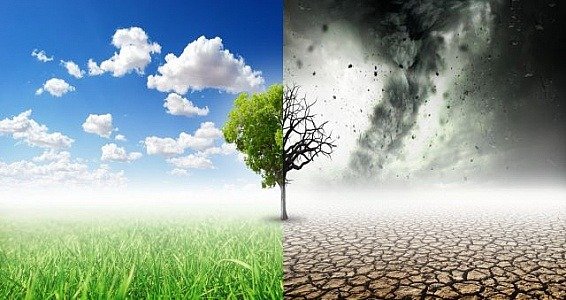Development, pollution, and environmental crisis !!!
By : Doruvupaul Jagan Babu : Bureau Chief-South

Overdevelopment is often cited as a key driver of pollution, leading to the destruction of natural resources and causing significant ecological imbalances. This environmental degradation results in disappearing forests, depleted soil, and the extinction of animal and plant species, making the environment increasingly harmful.

A satellite mapping study reveals that approximately 60 lakh trees have vanished from agricultural lands over the past five years. Land degradation and drought are pressing environmental issues, with surveys indicating a decline in 40 percent of the world’s total land area.
Land plays a crucial role in human socio-economic and political activities. However, experts warn that development is a significant contributor to the destruction of natural resources. Factors such as population explosion, urbanization, industrialization, unscientific agricultural practices, mining, deforestation, and natural disasters are all responsible for the loss of soil fertility.
The world generates 200 million tons of solid waste annually, a figure expected to double by 2050, with much of this waste ending up in the oceans. This issue extends beyond environmental concerns, posing health, social, and legal challenges. The volume of garbage generated by humanity now threatens entire ecosystems.
The United Nations Sustainable Development Goals emphasize the need to protect the environment and the planet for the sake of humanity and all living species by implementing appropriate measures.
The United Nations Sustainable Development Goals (SDGs) consist of 17 interlinked global goals designed to be a blueprint for achieving a better and more sustainable future for all. Several of these goals specifically emphasize the need to protect the environment and the planet.
Goal 6 focuses on ensuring the availability and sustainable management of water and sanitation for all. Goal 7 aims to ensure access to affordable, reliable, sustainable, and modern energy. Goal 11 seeks to make cities and human settlements inclusive, safe, resilient, and sustainable. Goal 12 emphasizes sustainable consumption and production patterns. Goal 13 calls for urgent action to combat climate change and its impacts. Goal 14 aims to conserve and sustainably use the oceans, seas, and marine resources. Goal 15 focuses on protecting, restoring, and promoting sustainable use of terrestrial ecosystems, managing forests sustainably, combating desertification, halting and reversing land degradation, and halting biodiversity loss.

These goals collectively address critical environmental issues such as water scarcity, energy efficiency, sustainable urbanization, responsible resource management, climate change, marine conservation, and the preservation of terrestrial ecosystems and biodiversity. They highlight the interconnectedness of environmental sustainability with economic growth, social inclusion, and global cooperation.








